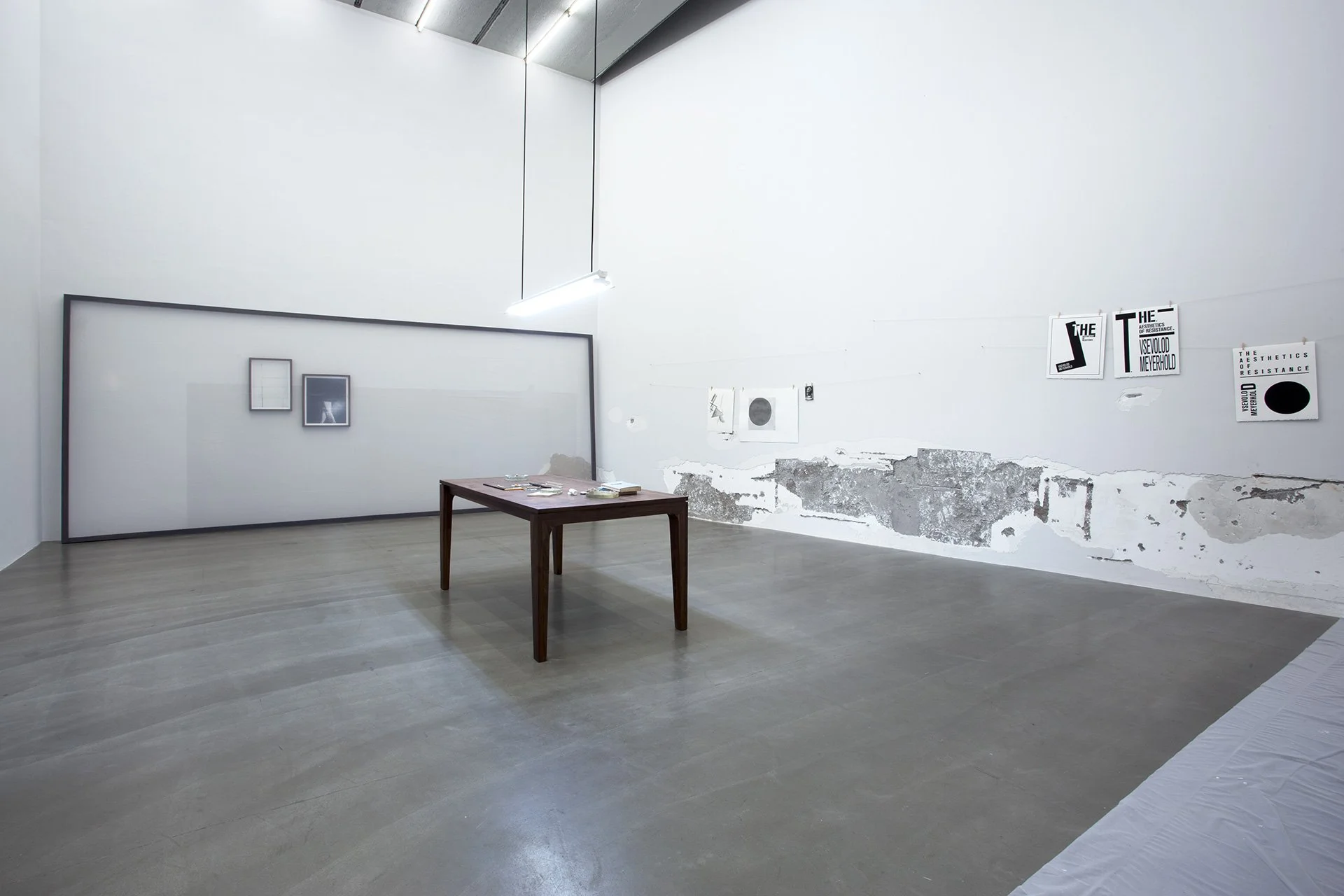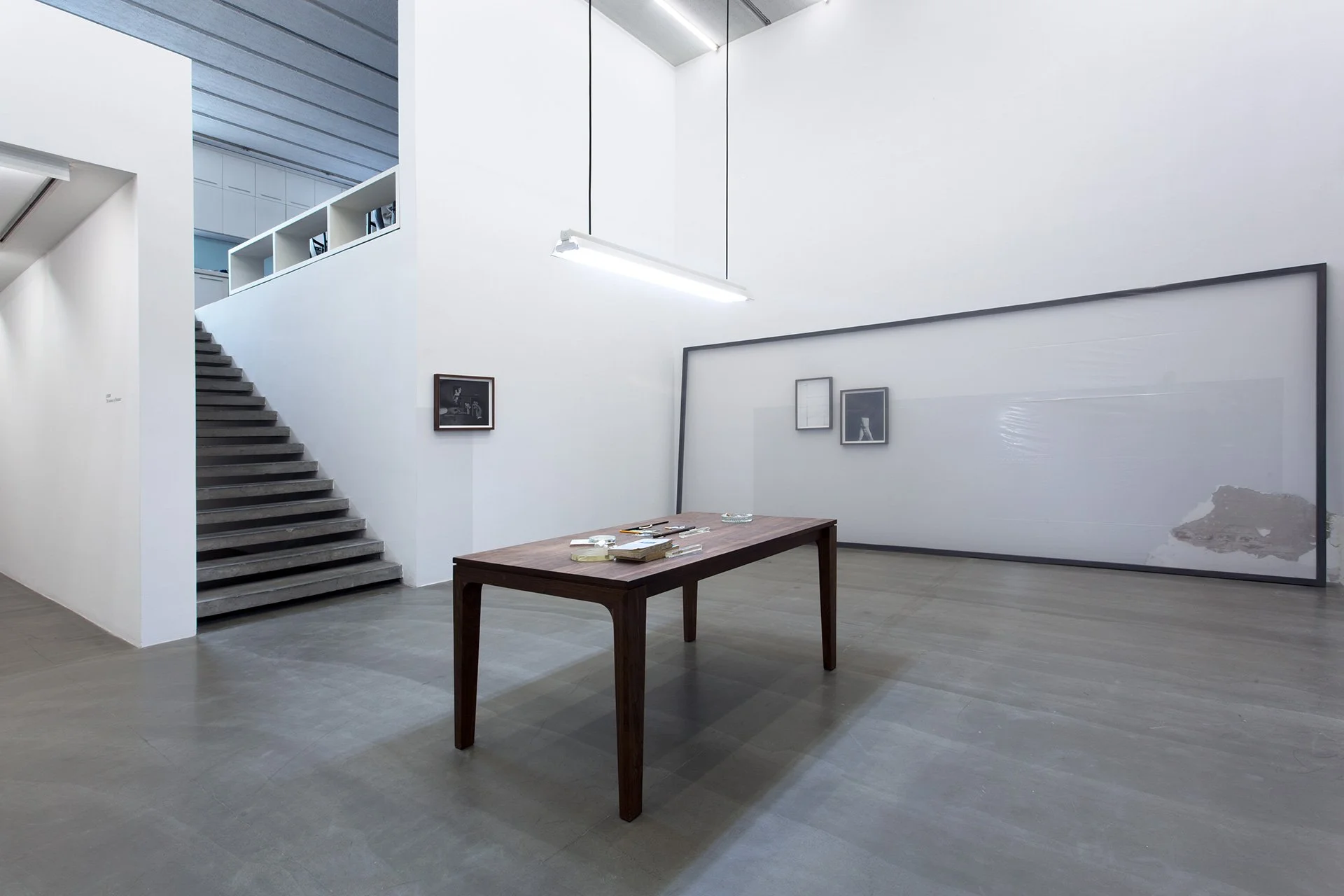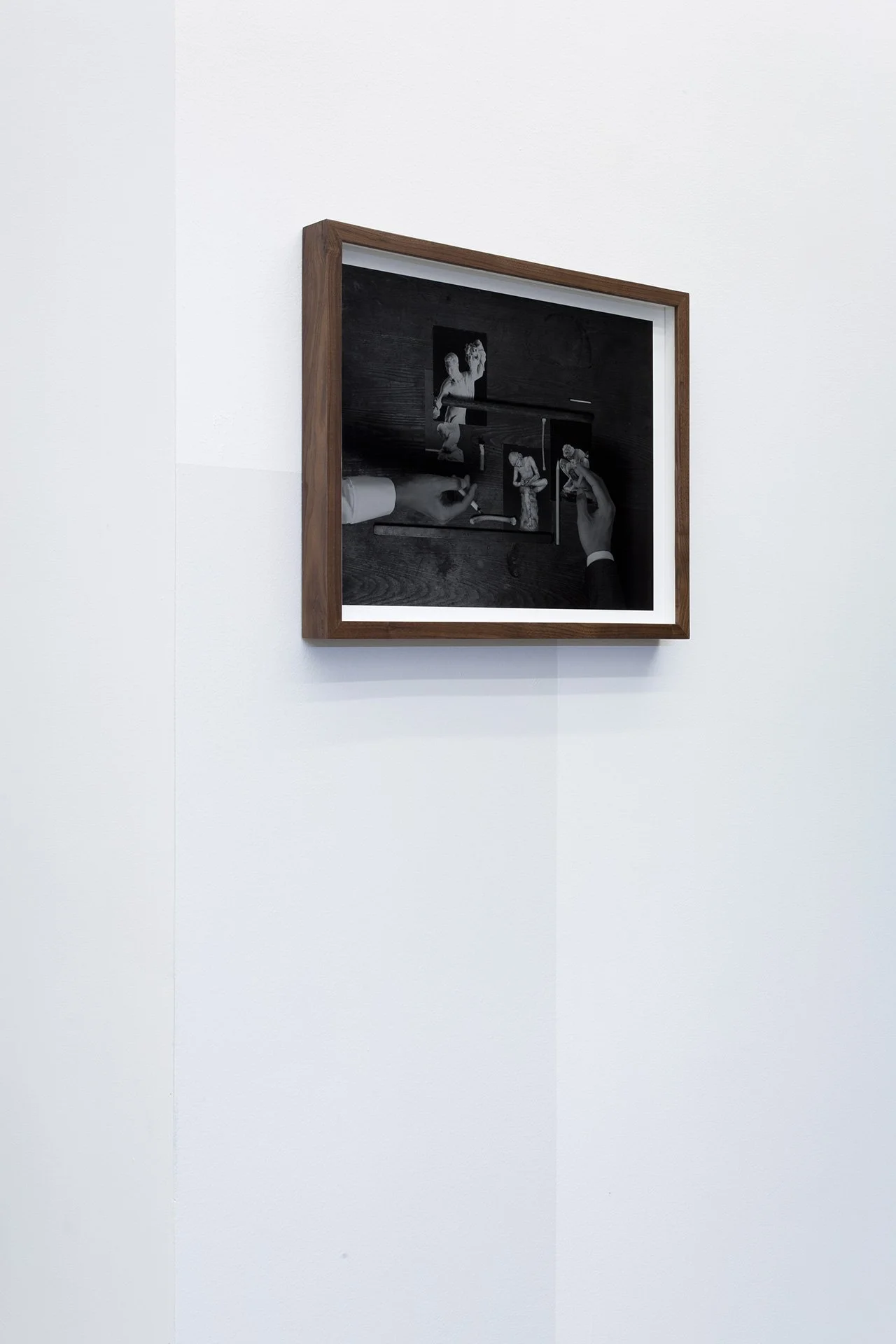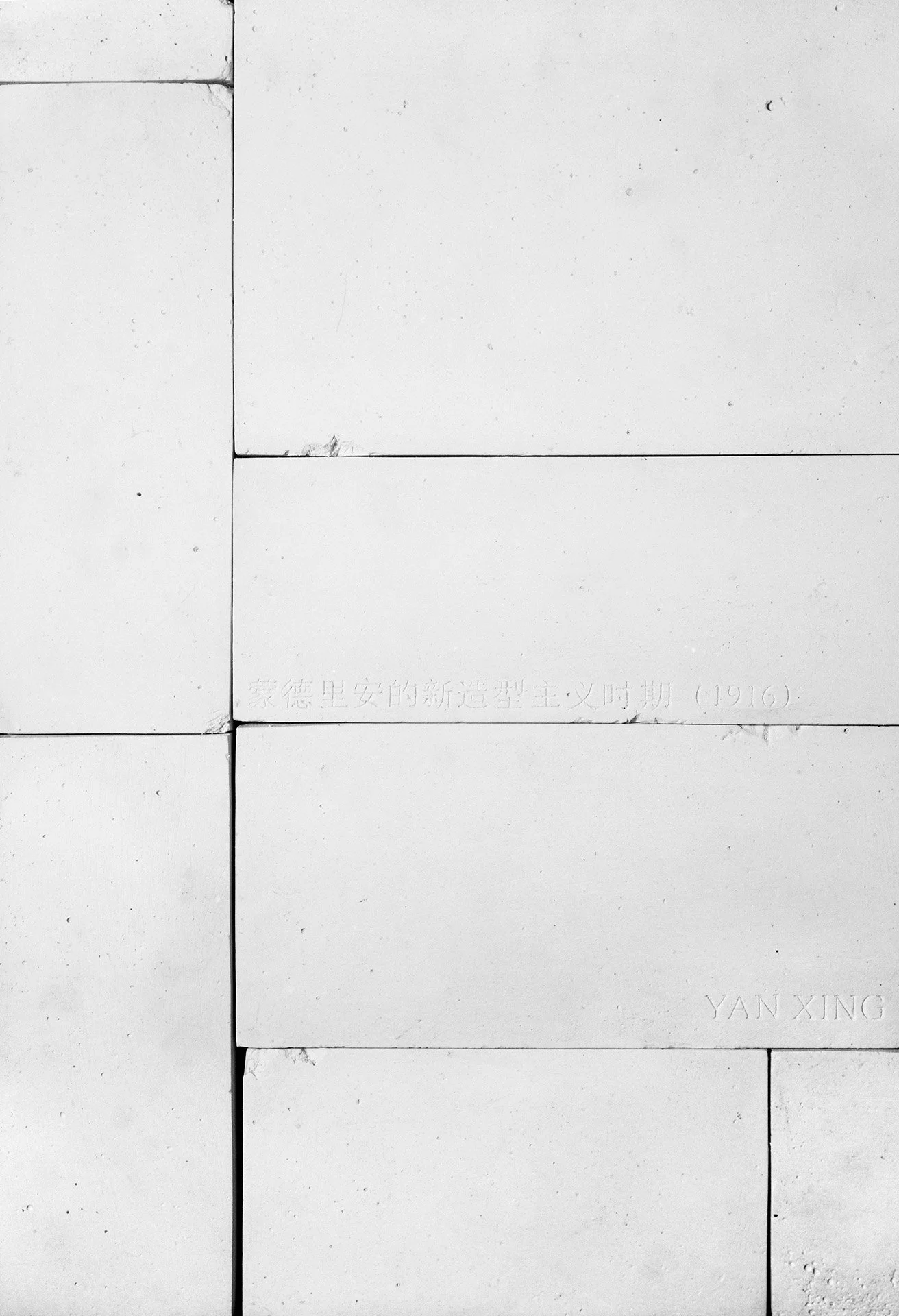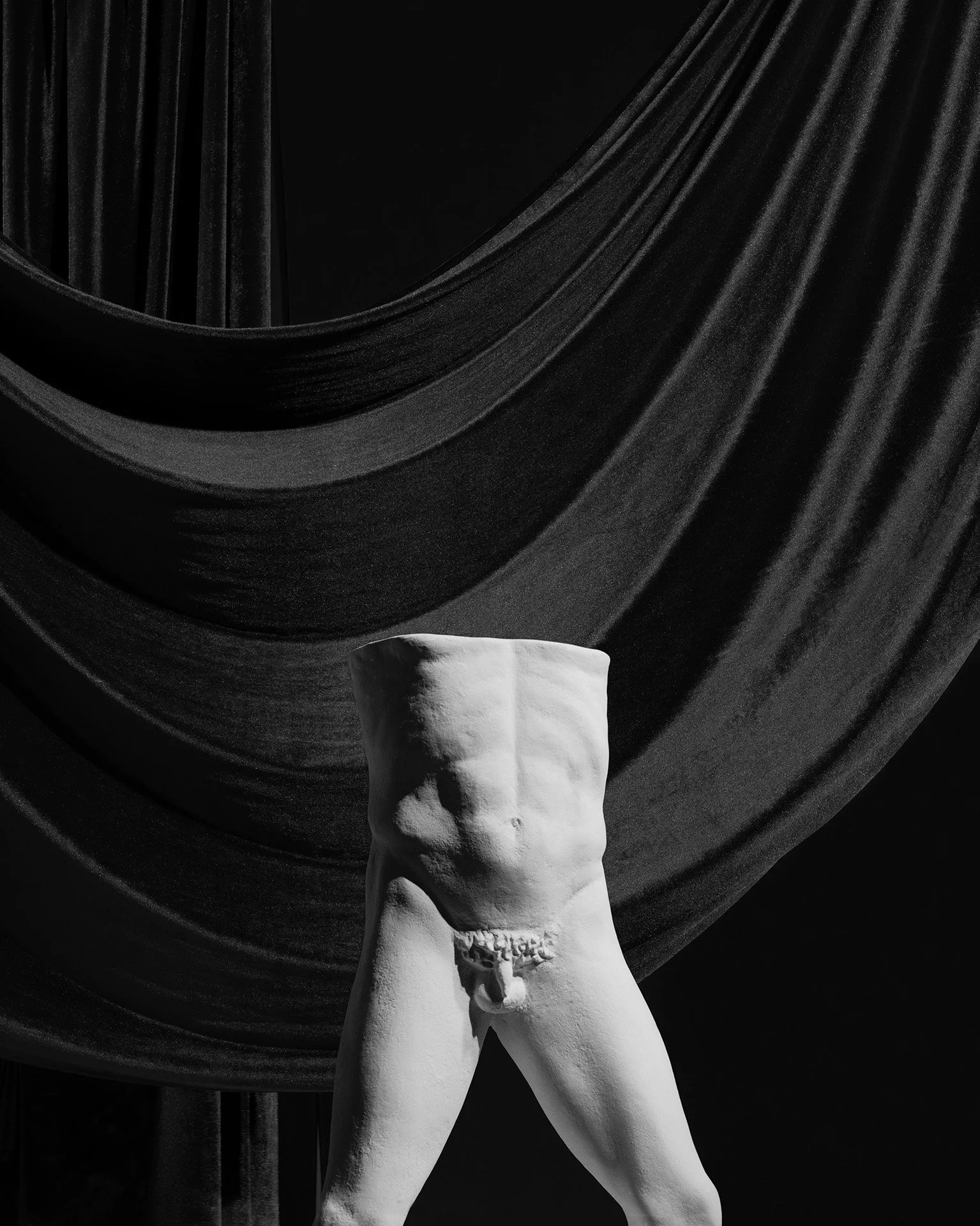🧼
🪩
🪄
🧼 🪩 🪄
The Aesthetics of Resistance
2015
Installation view, Galerie Urs Meile, Beijing, 2015
Yan Xing often creates works centered upon the World Wars and the Soviet Union. This Gesamtkunstwerk derives its title from Peter Weiss's (1916–1982) three-volume novel The Aesthetics of Resistance (1975–1981). Taking the theater director Vsevolod Meyerhold (1874-1940) as a prototype, Yan Xing narrates the oppression of artists and the resistance of individuals in the Soviet Union during the early 20th century. More particularly, he portrays the tragic story of a fictional playwright dedicated to creating an avant-garde play entitled The Aesthetics of Resistance.
A work of monumental proportions, Weiss’s The Aesthetics of Resistance depicts the resistance of the working class and young students against the Nazis and describes the anti-fascist aesthetic and political perspectives of that time. Meyerhold was an avant-garde theater director whose symbolic dramas and unconventional stagings had a profound influence on Soviet theatrical art. Even so, he was arrested and executed during Stalin's brutal artistic purges. Yan Xing creatively intertwines the work of Peter Weiss with that of Meyerhold, setting the stage for a contest between fact and fiction.
Using the exhibition as its medium, this work looks back at theater, graphic design, and the visual arts in the early Soviet Union, in a spatial setting that is modeled upon the study of a script writer and director. Yan Xing adeptly employs media that resist materiality to search for the avant-garde essence in the soul of artworks from the past. Through appropriation and metaphor, he showcases the intricate layers of history. The exhibition not only projects the necessity of resistance, but it also pessimistically embodies the fragility of individual artists in the face of politics.

